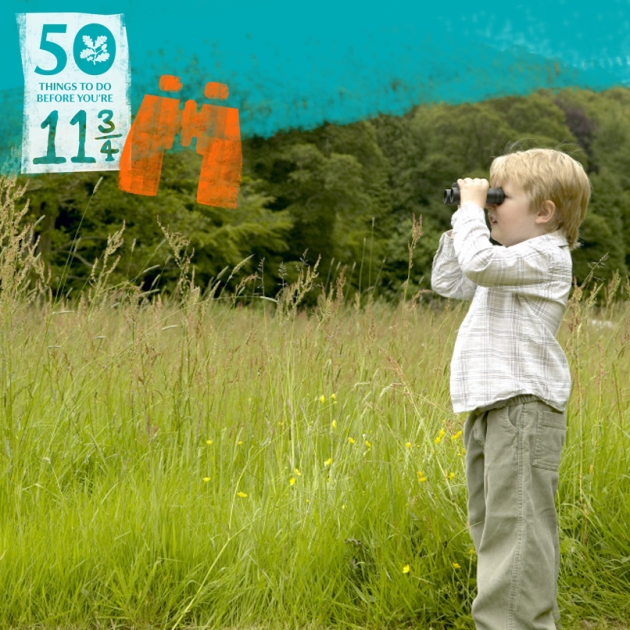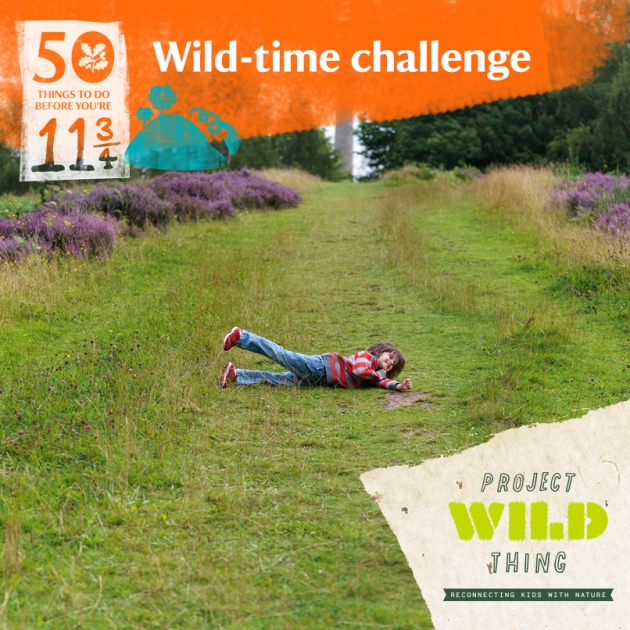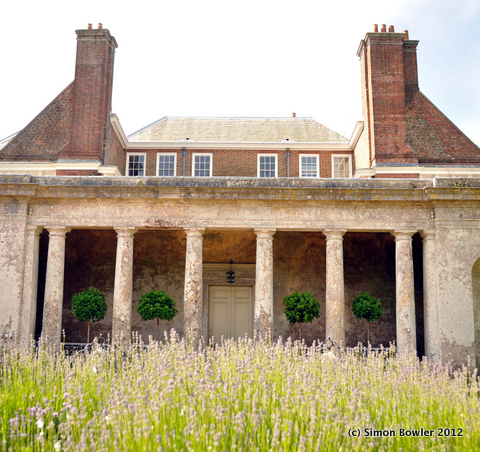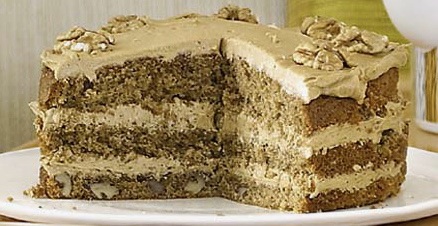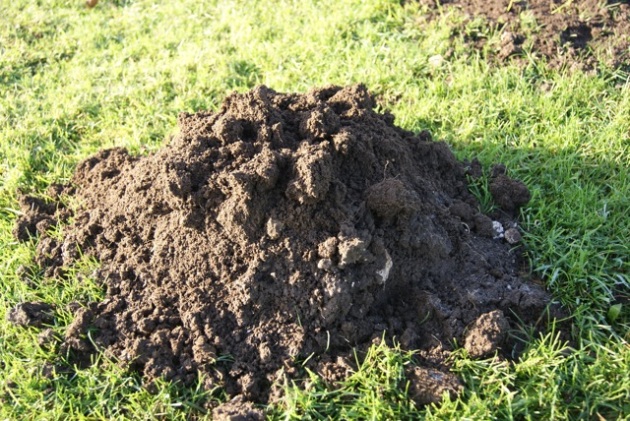A post by former Assistant Gardener Jo from last year, some things never change…
So what are your plans for the next 6 weeks?
Well, we’d love to share the special outdoor spaces that we care for with you! And we’ve got some inspiring events for all ages happening at Uppark House and Garden over the summer holidays…
Just this morning I have been amongst swifts frantically darting and diving for insects in the meadow, watched a pair of Red Kites soaring elegantly and silently on the thermals – circling our majestic copper beech tree, and, while edging the borders, smelt delicious new summer flowers that delight the senses beyond belief.
The National Trust’s ’50 things to do before you’re 11¾’ campaign is a wonderful way to explore the great outdoors – be it the countryside, woodland, garden or beach.
And with the launch of the ‘Wild-time challenge‘ this summer (to complete 25 of the 50 things in 6 weeks), it’s a great way to carry out new activities with the family. Free adventure scrapbooks are available from our ticket office, and the adventures can be continued online.
Here are just some of the activities from the ’50 things’ list you could try at Uppark House and Garden:
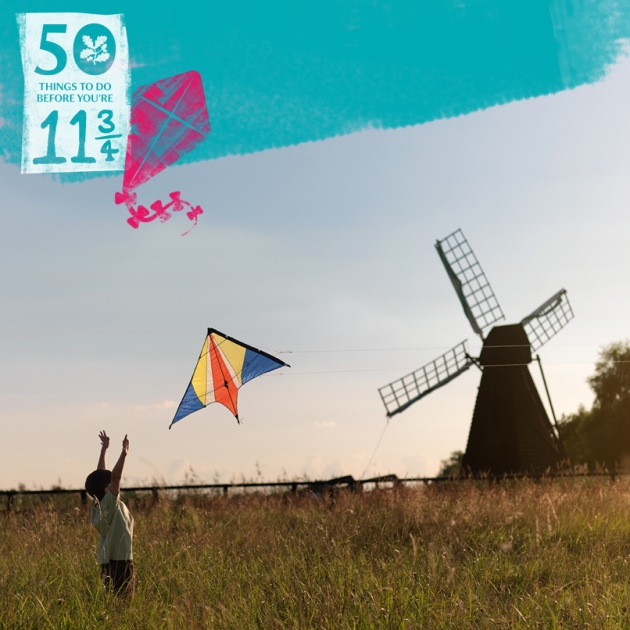
Number 7: Fly a kite (bring your own kite or buy one from our shop and fly in the stunning meadow at Uppark House and Garden)
© National Trust images
Find the full list of the 50 things here, or collect your free scrapbook from our ticket office when you visit us at Uppark or from any National Trust site.
The wild-time challenge can be for adults too…
Simply choose 12 things to do before you’re 50* from the 50 things list and aim to complete 6 of these activities before the end of the summer holidays! If you’re going camping you could try number 47 on the list: Cook on a campfire, then follow up with number 28: Climb a huge hill (local Butser hill is particularly good!). That’s 2 down…!
We’d love to hear how you’re getting on with the wild-time challenge. Send us your updates and photos to our Facebook page, Tweet us (@UpparkHG or send us an email (uppark@nationaltrust.org.uk).
Look here for events in Summer 2014
*Unofficial campaign – but such fun!

